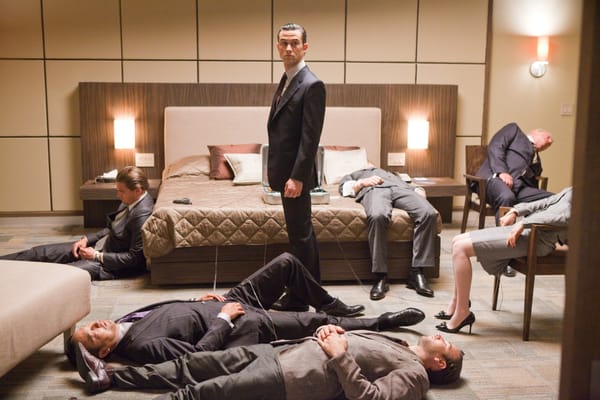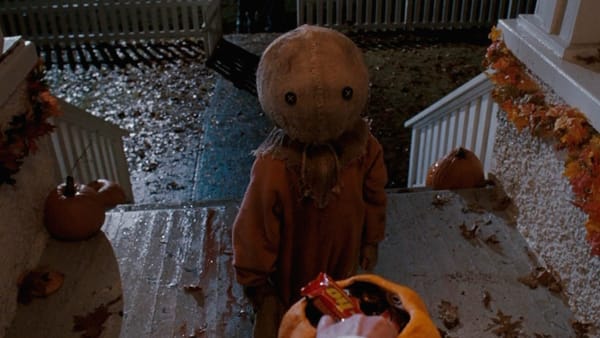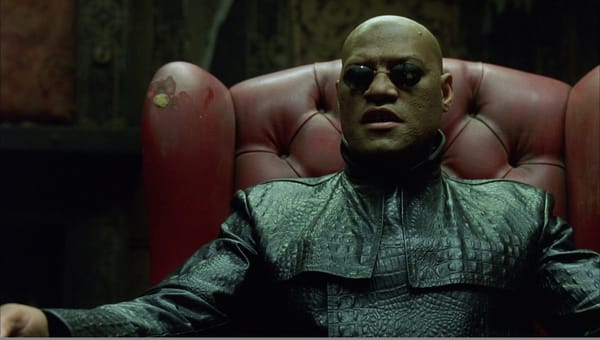💭 #271 - Dream Logic
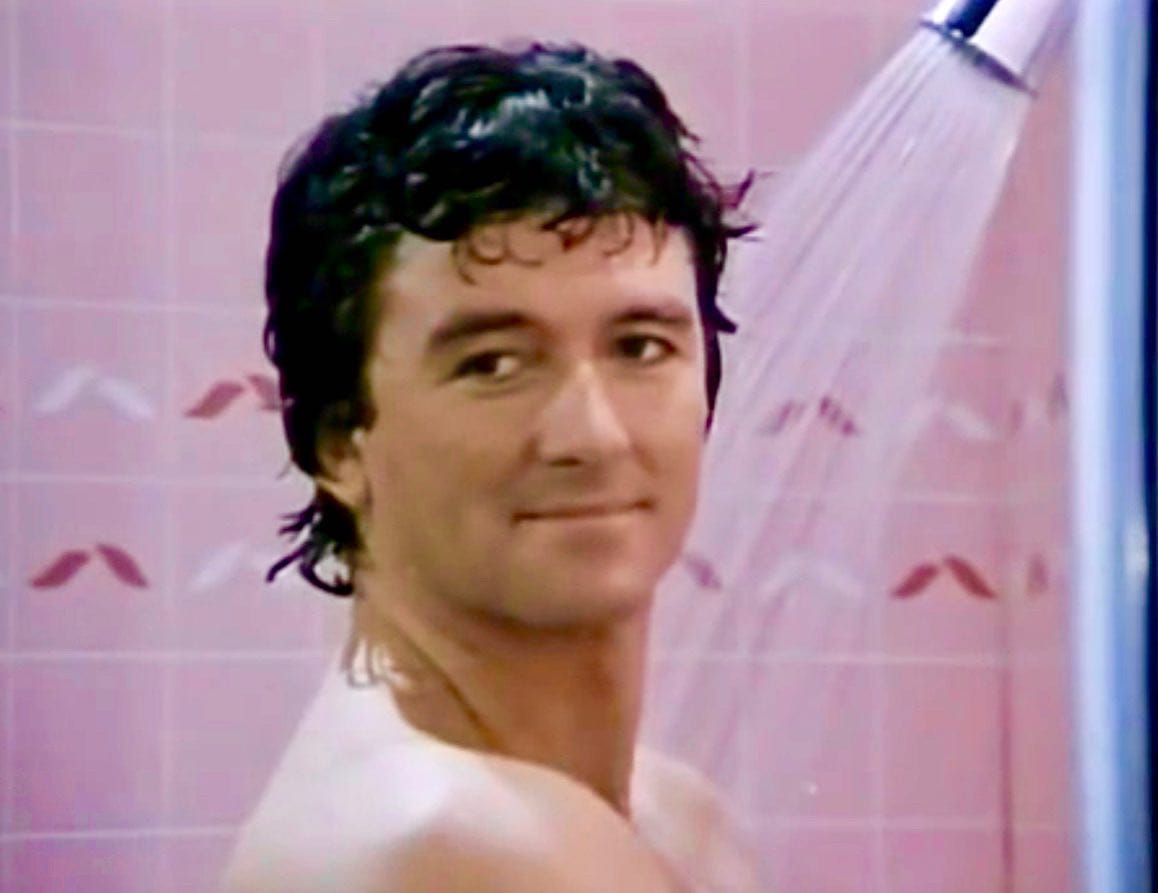
Some writers and gurus would tell you not to write dream sequences. That they lack stakes, never actually feel like real dreams, or just that they waste the audience's time.
You might even hear the argument that nobody wants to listen to somebody else's dreams:
On the other hand, you have people like Luis Buñuel making a film that's a continuous series of interconnected dreams:
When deciding whether a dream belongs in your story, the question shouldn't be "Will this even matter?" Instead ask, "How do I want it to matter?"
What are you thinking about?

A dream sequence might give us a brief flash of a character's intrusive thoughts, or clues that unlock a deeper understanding of their drives and fears.
Comedies can get mileage out of these kind of dreams, throwing familiar characters into unusual situations to surprise the audience and let the cast stretch their performances. RichB looks at when TV shows sidestep their usual rules for a gimmicky dream episode. Bill Lawrence explains to Michael Boyle how adding fantasy sequences to Scrubs became a slippery slope, and why the final season tried to avoid them.
Dramatic stories can also use dream sequences. At the end of 25th Hour, we get a visual of the life James wishes his son Monty could live. James describes what could happen if he helped Monty make a run for it instead of delivering his son to prison to serve his sentence.:
But it's only a dream. It's like a father telling a bedtime story to his son. But getting to see this possible future as James imagines it puts Monty's actual future in sharp relief.
Prophecies, Delusions, & Signs

Sometimes dreams feel urgent. Sarah Conner's dreams of nuclear war in Terminator 2: Judgement Day set the tone and stakes. Same for the premonitions of destruction in The Dead Zone. These kind of prophetic dreams carry narrative power because of how the characters act in real life in response to them.
In Dune, Paul Atreides has dreams of his possible future leading a bloody religious war across the galaxy. He reacts in his real life first by denying that he must follow that path, but after trying to run and make his own future, he resigns himself to the path laid out for him. Brando takes a deeper look into this questioning if Paul had free will in his response, or if the universe in Dune is deterministic in nature.
Dreams entering from outside the brain
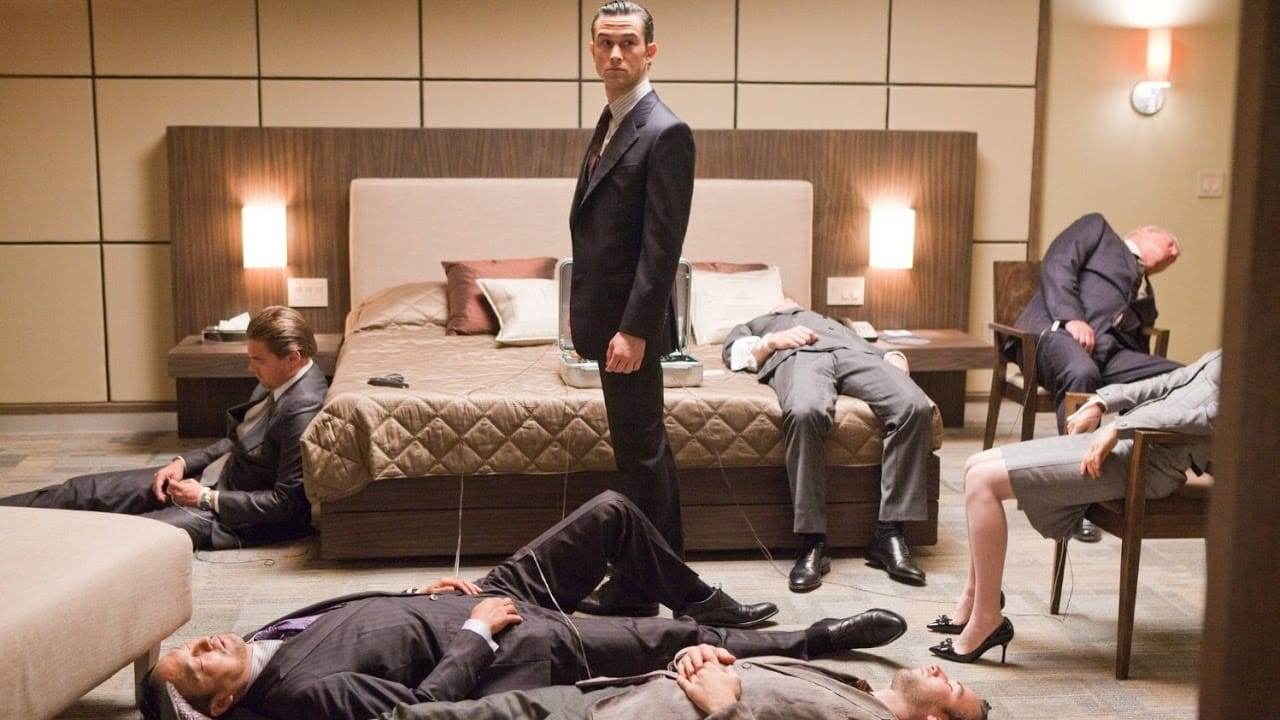
Humans get hooked up to the Matrix to prevent them from seeing the grim reality: that machines are using them as batteries. In DC animated episodes like Justice League Unlimited's "For the Man Who Has Everything," or Batman: The Animated Series with "Perchance to Dream," heroes have their minds hijacked by a villain to feed them visions of a more perfect life where they don't need to run around fighting crime. Tension with these type of dream stories often involves escaping from the dream.
Part of what maintains a sense of stakes and urgency in this type of dream story is the mystery of who is sending this dream to the character, how are they doing it, and why? There's also the question of what the character will do upon waking, knowing that what they just experienced was put into their own mind from elsewhere.
The Art of Storytelling digs into the Star Trek: The Next Generation episode "The Inner Light," giving a full synopsis, explaining how the dream sequences of the episode are structured via commercial breaks. The way the story is laid out suggests this strange internal journey has a lasting impact on the character of Jean-Luc Picard. The "dream" beamed into Picard's head by an alien probe gains meaning because Picard chooses to find meaning in it that he can bring back to his real life.
Blurring the line between reality and the dream world

While not taking the idea as far as later films, The Wizard of Oz plays with the idea of a thin line between dreams and reality. Dorothy's fantastic adventure in Oz winds up with her back in Kansas and seeing the similarities between her Yellow Brick Road companions and the workers on her aunt and uncle's farm.
When dreaming, cause and effect aren't the only forces that determine what happens. There's not even necessarily a sense of linear time. They're a series of stimuli interpreted as images and sounds, and only given coherence by the dreamer trying to make sense of them.
Films that blend dreams and reality play with the audience's understanding of narrative logic in order to find ways to upend it. They invite the audience to dream along with the film, and play a role in constructing the narrative.
Ahn Hundt looks at The Discreet Charm of the Bourgeoisie to talk about the career of its filmmaker, and to make the argument that the surreal, dream-like structure of the film allows the satire to become more pointed.
David Lynch doesn't like to tie down his films to a single interpretation, and Mulholland Drive acts as a testament to that attitude. Throughout the film there are multiple possible threads of what is real vs. what is a dream, imagined, or a trauma response. Twin Perfect collects an exhaustive set of details about Hollywood history to suggest his own interpretation. There are plenty of clues throughout the film that could lead to many possible explanations, but the experience of watching the story from start to finish relies on making the audience question what they see and hear as it happens.
Mawr Gorshin explores how the blurred line between reality and dreams in Nightmare on Elm Street relates to stages of psychological development in teens. Freddy Krueger connects to the split that teens see in their parents as they reconcile their childlike awe toward their parents with their newfound impulse to focus on their parents’ flaws and see them as antagonists.
👋 Are you new here?
Inneresting is a weekly newsletter about writing and things that are interesting to writers. Subscribe now to get more Inneresting things sent to your inbox.
And if you can't wait until next week for more Inneresting, check out the Quote-Unquote Apps Blog where we keep previous issues and other posts about screenwriting and things interesting to screenwriters.
Have you pre-ordered the Scriptnotes book?
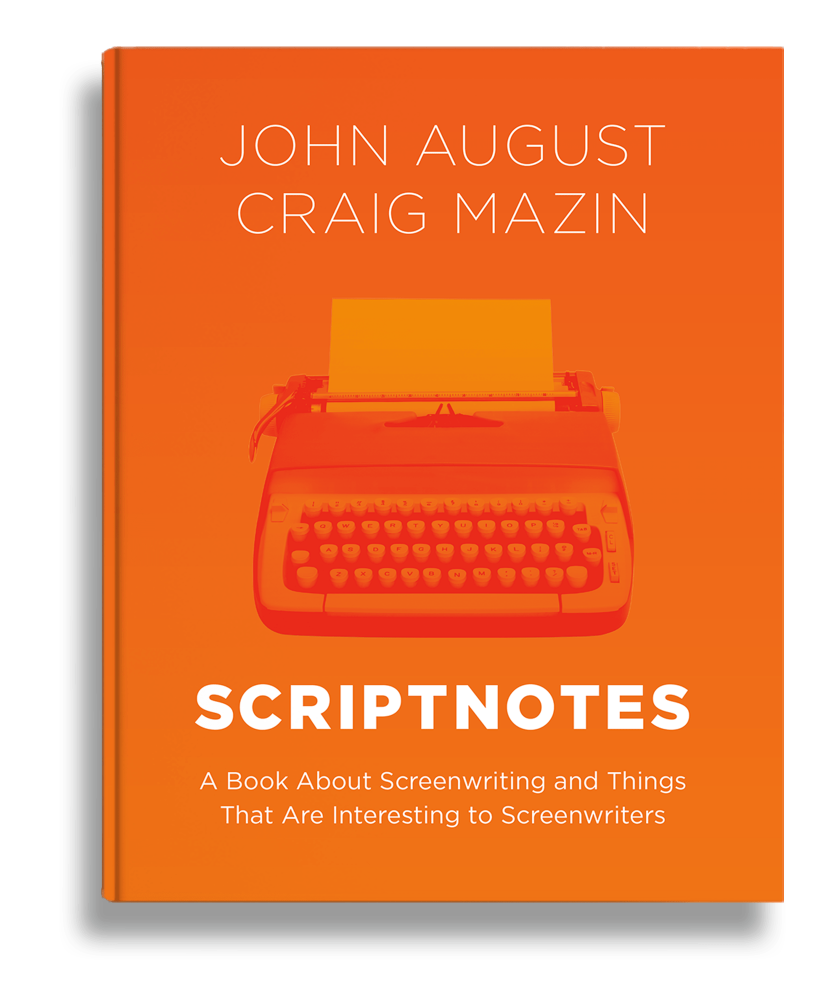
Over a thousand hours of conversations between John August, Craig Mazin, and a who's who of film and television writers has been distilled down into this 333-page book.
The official release date is December 2nd, but there are benefits for everyone involved if you pre-order now!
Readers who pre-order the book will get exclusive content emailed up to the release date, including an extra chapter!
And just like how the Scriptnotes book explains the internal workings of the entertainment industry, let's take a moment to talk about publishing.
Pre-order numbers for a book determine how many copies stores decide to stock, if libraries choose to secure a copy for their patrons, and bestseller chart positions often rely on strong first week sales (mainly pre-orders). More pre-orders means more opportunities for other people to come in contact with the book.
So if you'd like to pre-order now, or you want to check out the first 30 pages of the book for free, you can head over to scriptnotesbook.com
What else is inneresting?
- Gabbie from New Bands for Old Heads wishes she loved the new Lily Allen album, but she needs to unpack how the confessional specificity of her earlier music contrasts with Allen now living a life further removed from her audience.
- Witness Prompt-Brush 1.0, the first Non-A.I. Generative Art Model.
- Since the Winter Holiday Shopping Season begins tomorrow, start your celebrating with a Hallmark Christmas Movie Supercut.
And that’s what’s inneresting this week!
Inneresting is edited by Chris Csont, with contributions from readers like you and the entire Quote-Unquote team.
Are you enjoying this newsletter?
📧 Forward it to a friend and suggest they check it out.
🔗 Share a link to this post on social media.
🗣 Have ideas for future topics (or just want to say hello)? Reach out to Chris via email at inneresting@johnaugust.com, Bluesky @ccsont.bsky.social, or Mastodon @ccsont@mastodon.art

